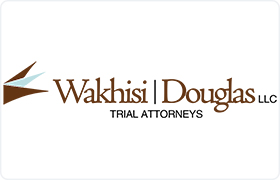Kite Bankruptcy & Debt Lawyer, Georgia
Sponsored Law Firm
-
 x
x

Click For More Info:
-
Wakhisi-Douglas LLC
2002 Summit Boulevard Suite 300 Atlanta, GA 30319» view mapBankruptcy & Debt We Fight Back and Win in Court
We’ve won hundreds of cases, and we’ve developed a reputation for resolving complex disputes favorably for our clients.
800-978-8941
Daniel Melvin King
Agriculture, Industry Specialties, Insurance, Credit & Debt
Status: In Good Standing Licensed: 29 Years
Sara G. Robin
Litigation, Credit & Debt, Bankruptcy, Bankruptcy & Debt
Status: In Good Standing Licensed: 15 Years
Donald Ray Oulsnam
Real Estate, Estate, Business, Credit & Debt
Status: In Good Standing Licensed: 29 Years
Lance John Hamilton
Criminal, Bankruptcy, Personal Injury, Accident & Injury
Status: In Good Standing Licensed: 29 Years
 Chuck Douglas Atlanta, GA
Chuck Douglas Atlanta, GA Practice AreasExpertise
Practice AreasExpertise
